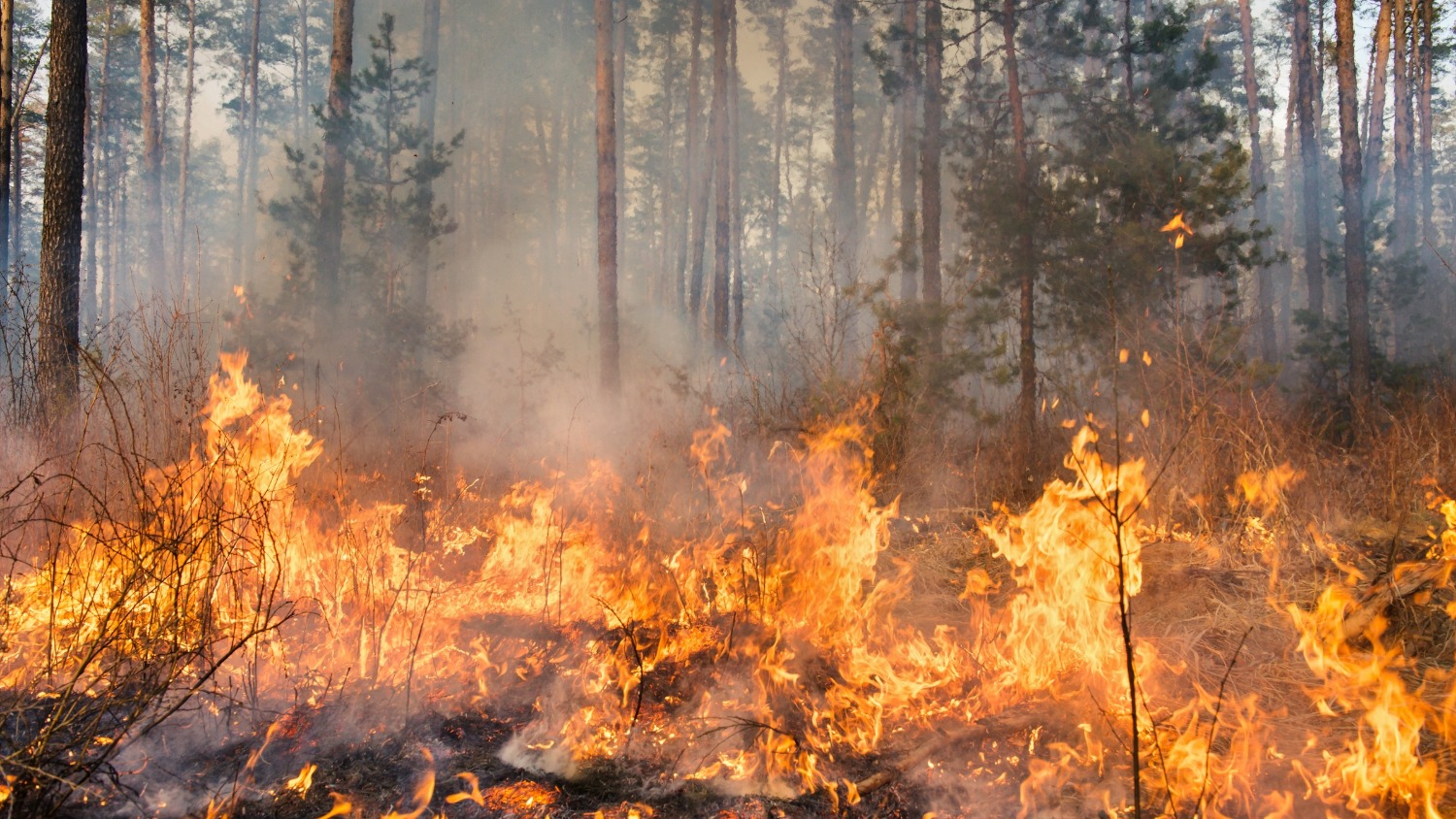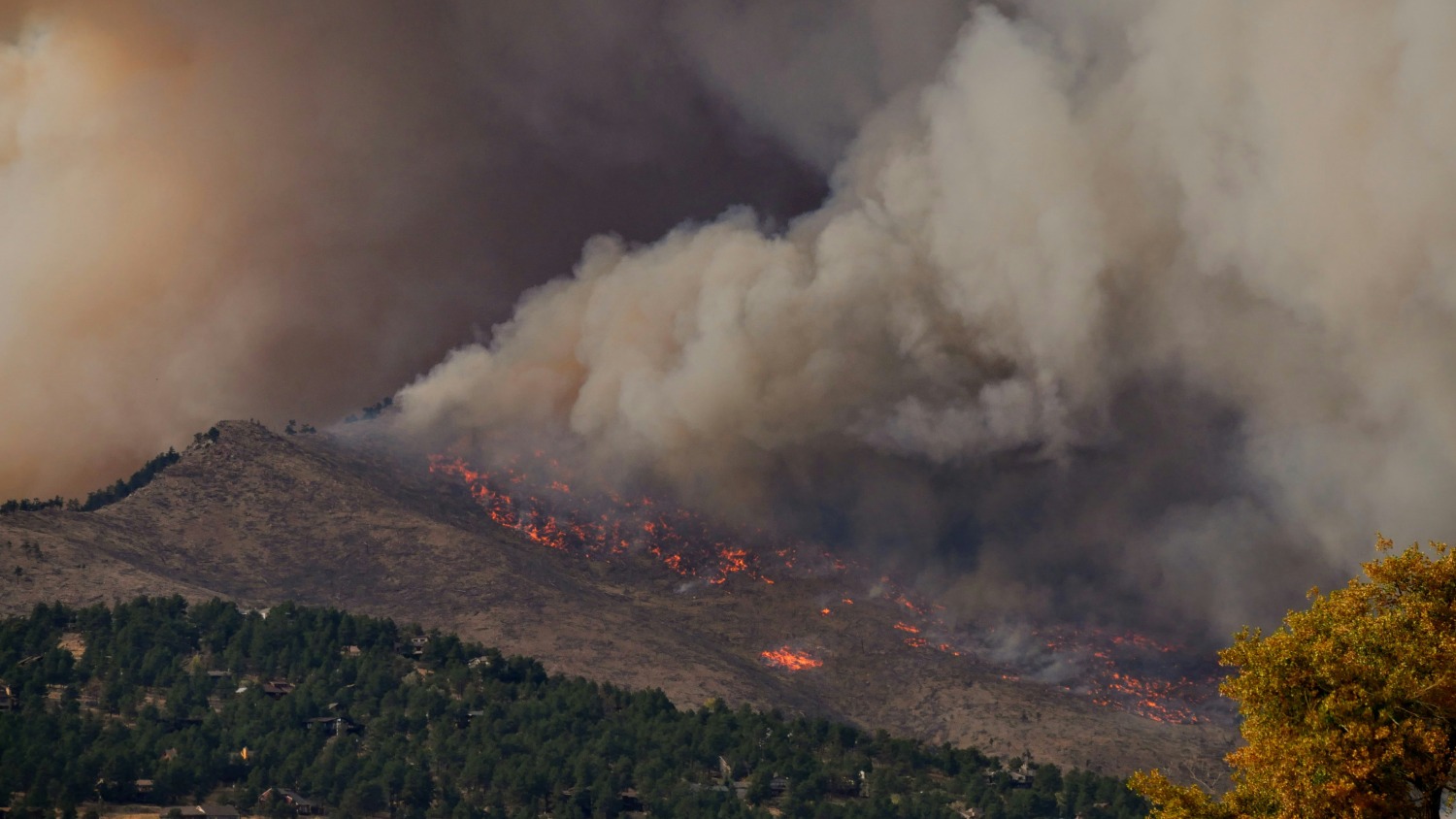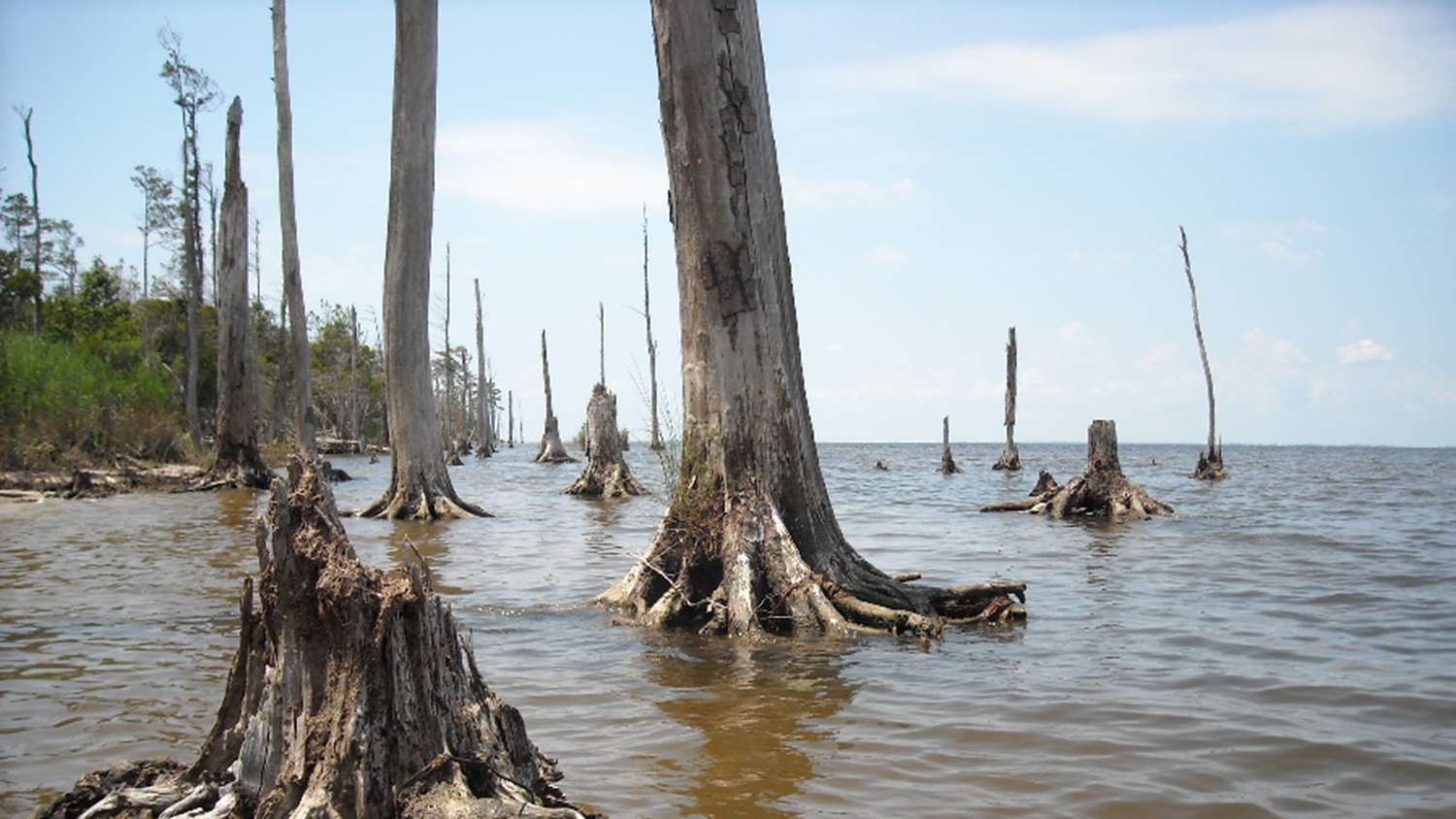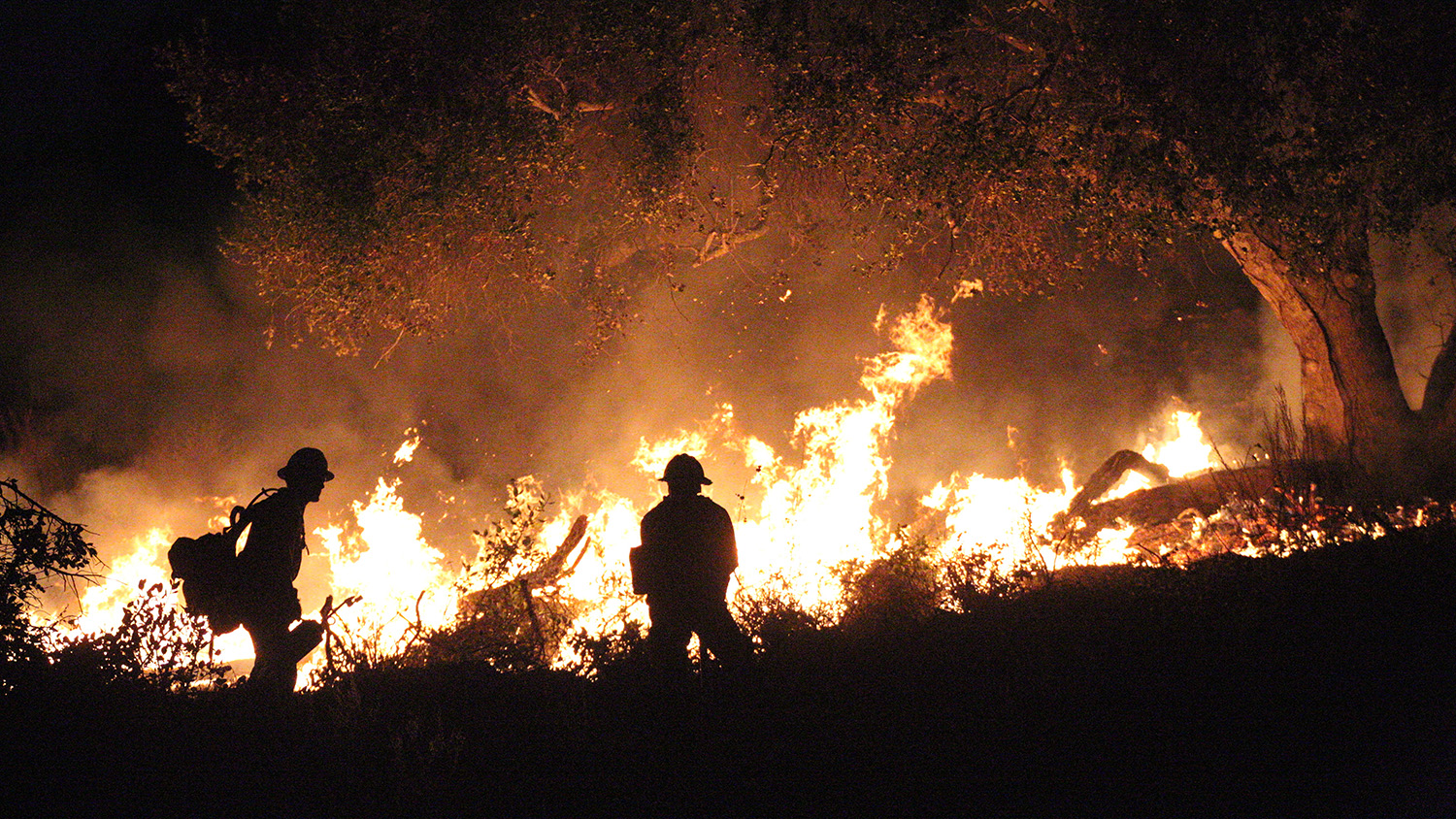How Do Wildfires Spread?
NC State professor Joseph Roise breaks down the science of how wildfires spread.

Wildfires can fizzle out quickly or spread uncontrolled, consuming thousands of acres of land in a matter of hours. But the intensity and movement of a wildfire ultimately depends on three factors: fuel, weather and topography. These factors are collectively known as the “fire behavior triangle.”
A fuel’s composition, including moisture level, chemical makeup and even density, influences how quickly a fire will spread and at what temperature. The moisture content of fuel, for example, determines how much of an area will burn. So if vegetation has a low moisture level and is very dry, a fire will burn faster and more intensely because the heat doesn’t have to eliminate water.
“Fire isn’t going to occur until the moisture content in the fuel reaches the point where there’s enough net energy coming from the heat source. Once the heat has evaporated enough water, the fuel will burn,” said Joseph Roise, a professor of forestry and environmental resources at NC State.
The size and amount of fuel also affects wildfire behavior, according to Roise, who studies wildfire behavior and prevention. Small fuel sources such as grasses typically burn quicker and don’t generate as much heat as trees and other large fuel sources, for example. And while a small amount of fuel will cause a fire to spread slowly with lower intensity, a lot of fuel will cause a fire to spread faster with more intensity.
Some plants, trees and shrubs also contain oils and resins that cause them to burn more quickly and intensely. Additionally, some types of vegetation naturally have less moisture content. Oak leaves, for example, tend to be drier because they curl and have more surface area available for drying, in comparison to other hardwood species. Because of the lower moisture content, they’re more flammable and capable of “carrying a fire,” Roise said.
Weather conditions such as wind, temperature and humidity also play a major role in the behavior of a wildfire. Wind, for example, supplies fire with additional oxygen. This can cause a fire to move across a landscape at a faster rate.
“If the wind is really strong, you can expect to see a wildfire that’s moving quickly,” Roise said. “There might even be some embers that spread and start fires in locations that are sometimes up to a quarter of a mile away from the original fire.”
High temperatures and low humidity also dry out fuel sources, causing them to ignite and burn faster. This is why wildfires typically become more intense and spread fastest in the afternoon, when the air is hottest.
“If humidity is very high, fire isn’t going to do much because the heat has to burn off moisture in the air to ignite the fuel,” Roise said.
Topographical features of a landscape, such as slope, elevation and aspect, can also facilitate wildfire progression. If a fire ignites at the bottom of a steep slope, for example, it will spread more quickly uphill because heat rises. As that hot air rises, it preheats fuels that are further uphill, causing them to readily ignite once the fire reaches them.
Elevation and aspect (direction of the slope) can determine the temperature and moisture level in fuels across a landscape, according to Roise. For example, fuel that’s on a south-facing slope and at a lower elevation receives more sunlight, meaning it’s warmer and dries out faster. This can lead to more intense wildfires.
“Because the side of the mountain facing the sun dries out much faster than the side of the mountain in the shade, fuels will readily burn once a wildfire starts,” Roise said.


